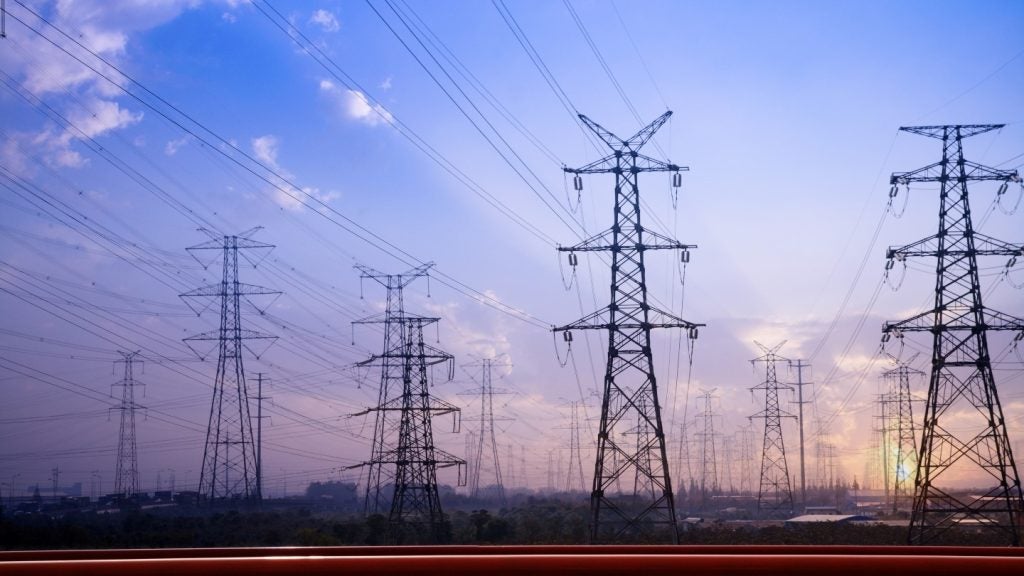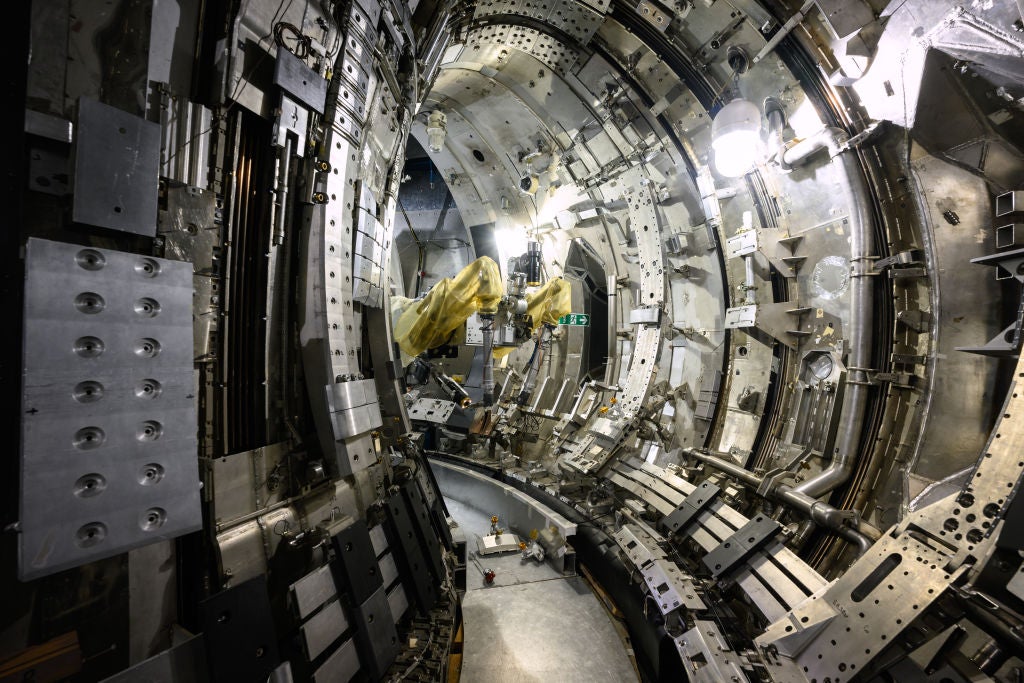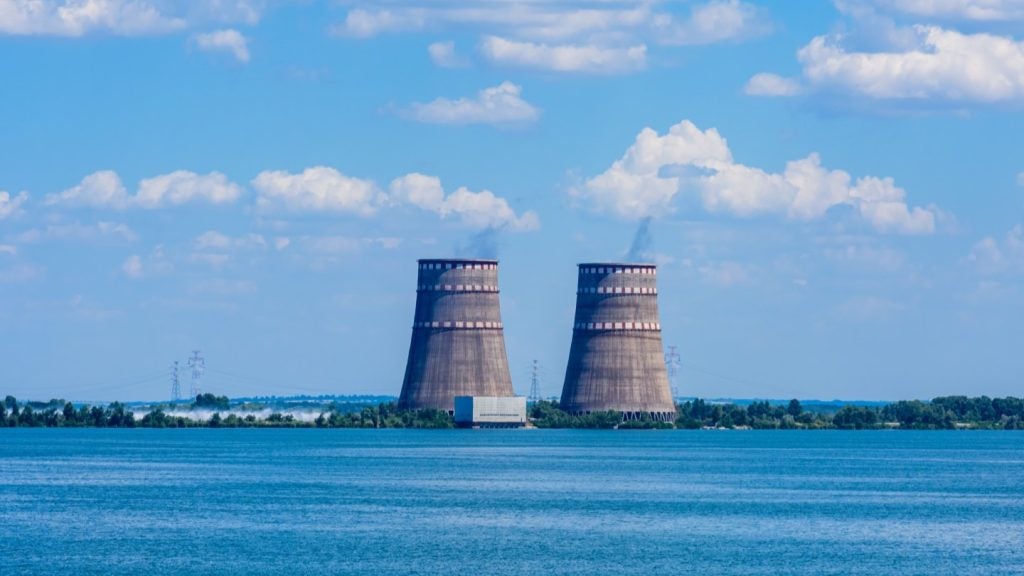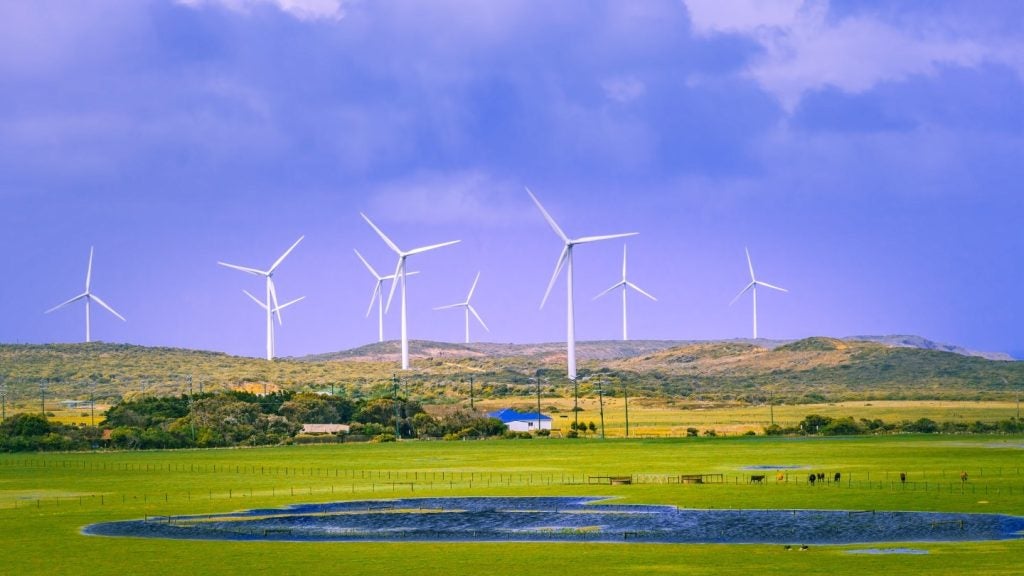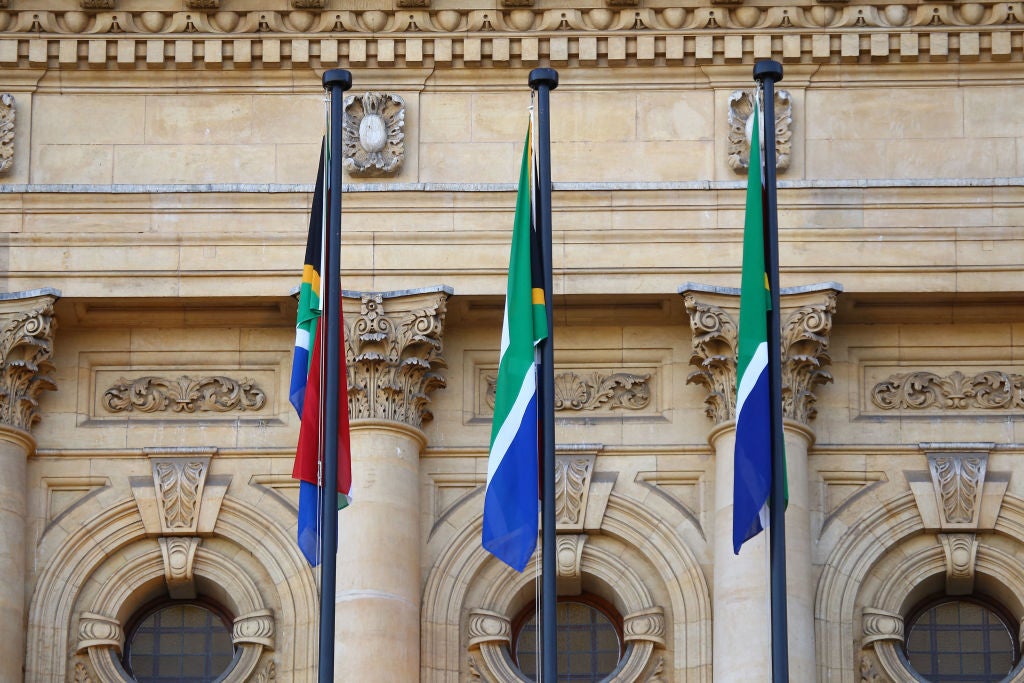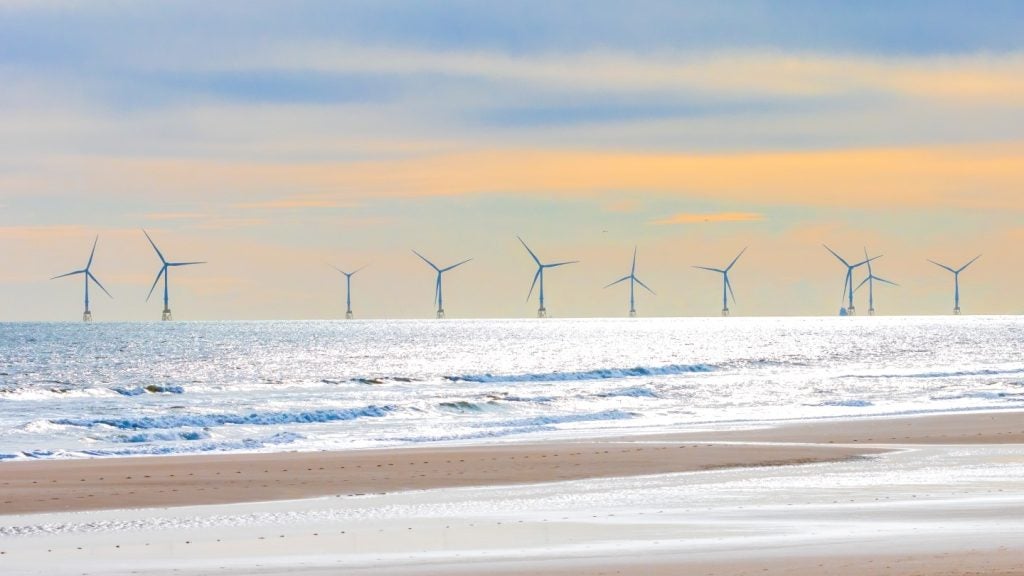South Africa's state-owned power utility Eskom is in discussions with government ministries regarding private and foreign funding options for a significant expansion of its transmission network, Bloomberg has reported.
The expansion, estimated to cost R390bn ($21bn), is required to accommodate the increasing amount of renewable generation coming online.
The utility, which supplies 80% of the country’s electricity, has struggled to meet demand, leading to blackouts that have severely impacted the national economy.
Up to 2033, Eskom aims to construct 14,218km (8,835 miles) of power lines, more than three-times the amount installed in the ten years to 2024.
The company is considering options including the use of funds pledged by wealthy nations for an energy transition and drawing on private sources.
The utility is engaged in “ongoing discussions with key government ministries on the funding of South Africa’s transmission capital-expenditure requirements,” according to an email response to Bloomberg.
In 2021, $9bn in climate financing was pledged to South Africa by France, Germany, the US, the UK and the EU through the Just Energy Transition Partnership (JETP) to assist the country's shift away from coal.
The JETP has faced challenges including political infighting and lobbying by businesses benefitting from coal usage.
Eskom, which requires National Treasury approval to take on new debt, has not indicated whether it will seek this.
It has stated that it “will update the market as and when definitive decisions are made" regarding its funding options.
The government plans to transfer R76bn in fiscal 2024 and R64.2bn in fiscal 2025 to Eskom, as outlined in the Treasury's February 2024 budget review.
Electricity Minister Kgosientsho Ramokgopa announced in February that steps are being taken to establish an independent transmission project office to encourage private-sector involvement and expedite the grid's procurement, planning and financing processes.
In November 2023, Eskom launched the Hex project, the largest battery energy storage system on the African continent, with a capacity of 100 megawatt-hours.


